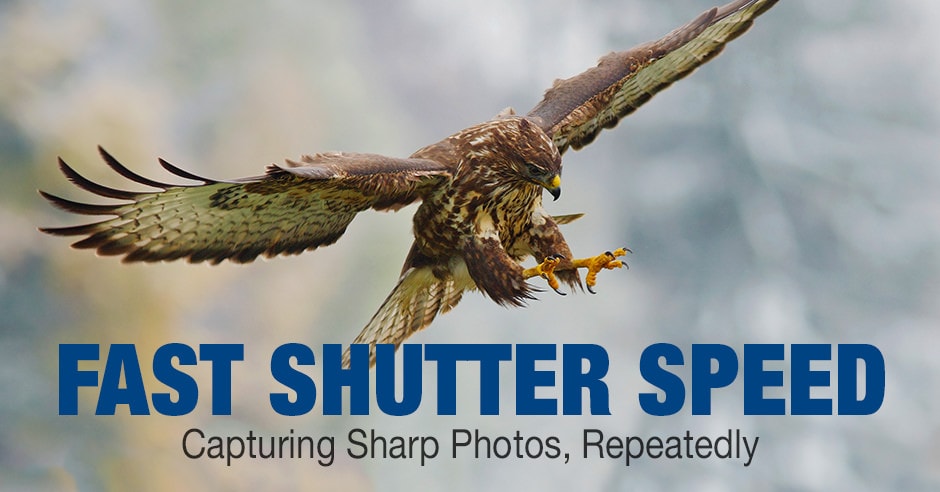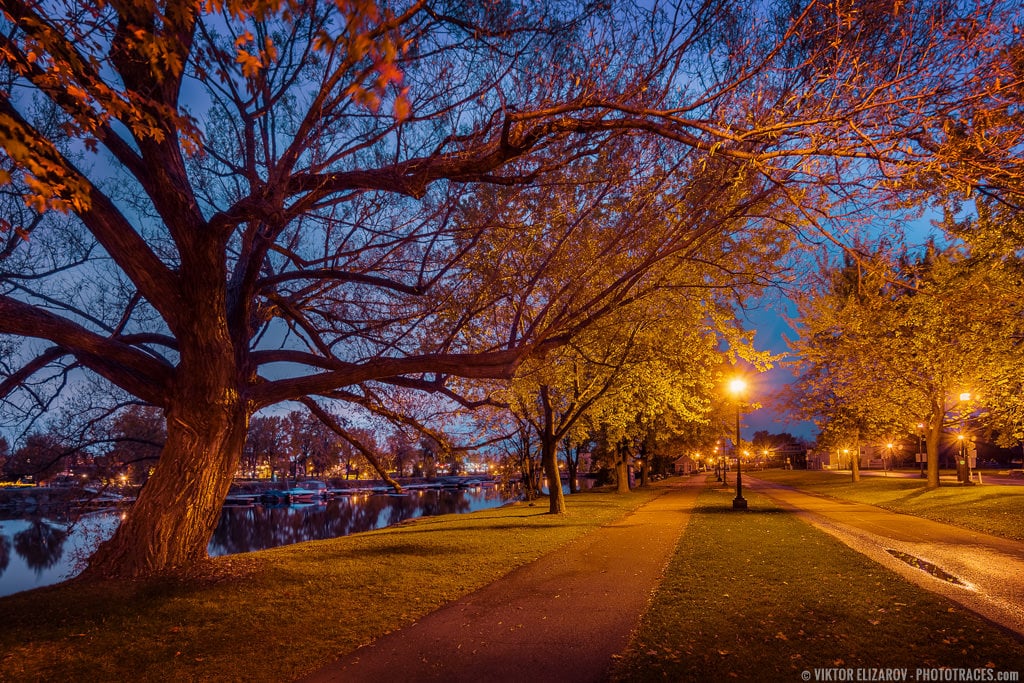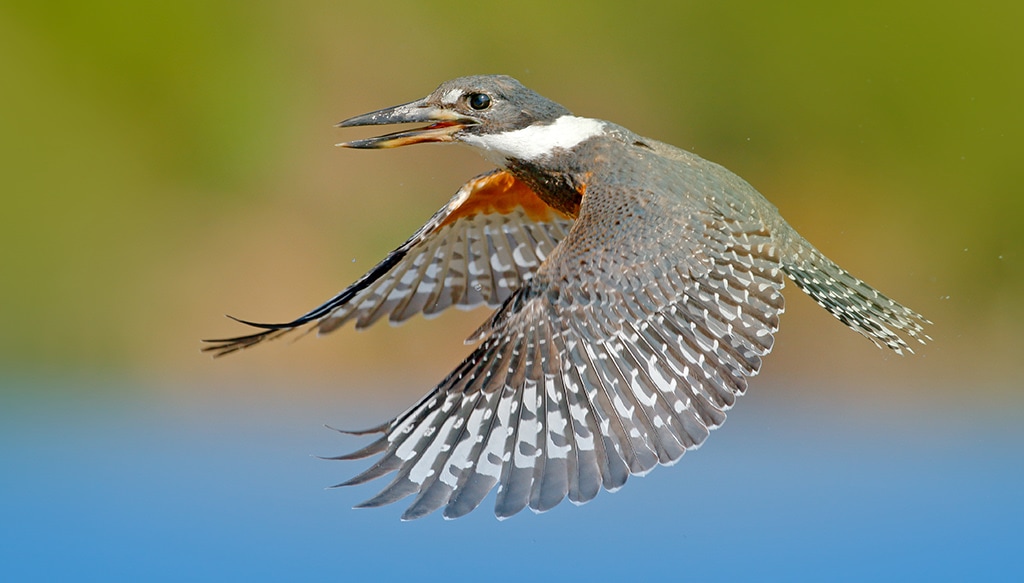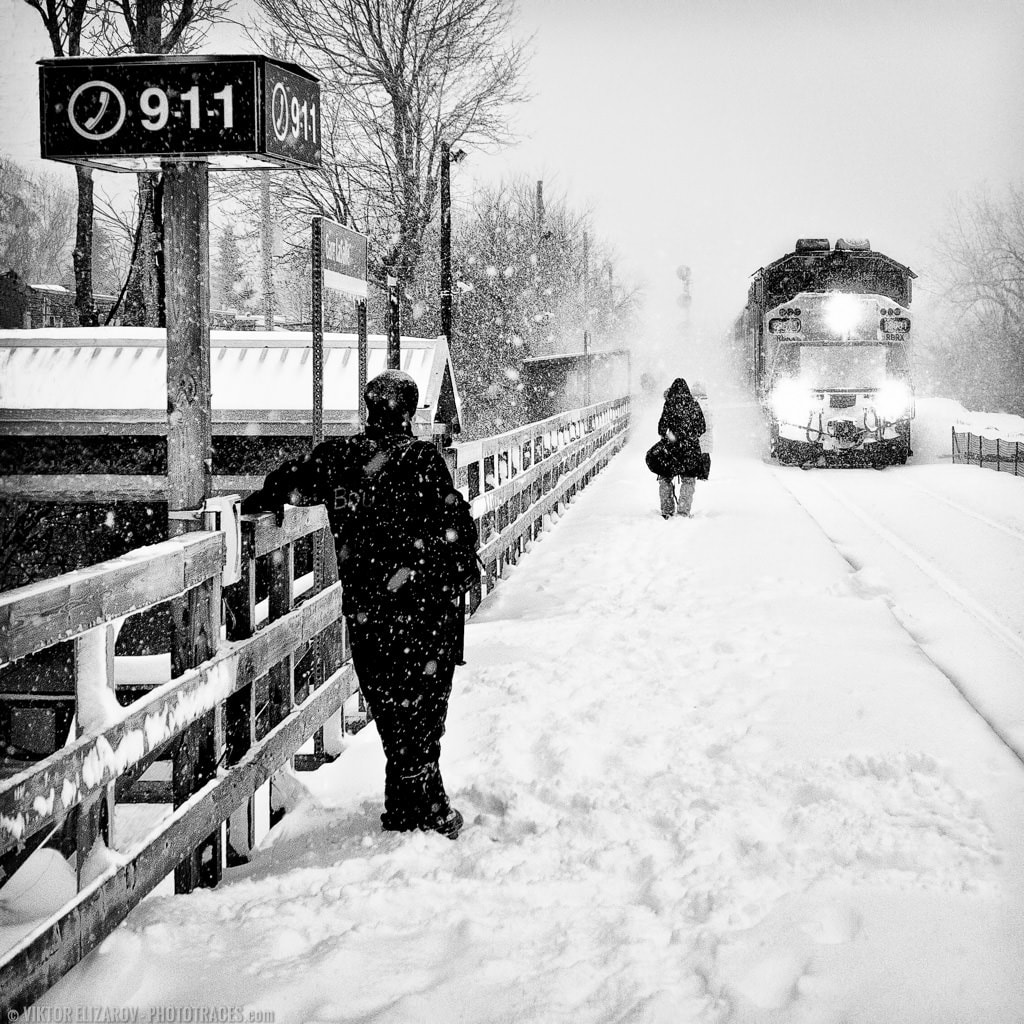Do you wrestle to know when and the way it’s best to use quick shutter velocity?
It’s a standard drawback. Shutter velocity is usually a
robust idea to understand, particularly if you’re confronted with selecting a shutter
velocity within the discipline.
Fortuitously, so long as it’s introduced within the
proper means, shutter velocity can really be fairly easy. That’s what this text
is about–explaining quick shutter speeds in a means that makes it accessible to
all.

Let’s get began.
Understanding Shutter Pace
First issues first:
What really is shutter velocity, and the way does it work?
The shutter is the mechanical a part of the digital camera, which opens if you take a photograph and closes when the picture is captured.
The shutter velocity, then, is the period of time the shutter stays open. In order quickly as you press the shutter button, the shutter springs open–and stays open for a size of time referred to as the shutter velocity. Then the shutter shuts, leaving you with an uncovered picture.
Associated: Shutter Pace in Images – In-Deps Information
Typically, shutter velocity is measured in
seconds, like this:
1/2s, 1s, 1/20s, 1/200s, 1/500s, 1/1000s, 1/4000s, and so on.
Nonetheless, it’s best to word that almost all shutter speeds are written as fractions of a second as a result of shutter speeds are very, very quick. So whereas loads of cameras have the flexibility to shoot from shutter speeds so long as 30 seconds, it’s rather more widespread to make use of shutter speeds round 1/50s or above.

Minimal Shutter Pace
Now, whereas most cameras assist you to shoot
with a shutter velocity of 30s or quicker, the minimal shutter velocity varies from
digital camera to digital camera.
For example, a shopper digital camera just like the Canon T7i/800D has a minimal shutter velocity of 1/4000s. However a professional-grade sports activities digital camera such because the Canon 1D X Mark II permits shutter speeds of as much as 1/8000s.
One other factor to concentrate on concerning shutter speeds:
Digital Shutter vs Mechanical Shutter
Today, many cameras can take images
with out a mechanical shutter (suppose mirrorless and Dwell View images). There’s
no shutter opening and shutting if you press the shutter button. There’s no
snap from the digital camera because the shutter strikes.
As a substitute, digital shutters activate the
digital camera sensor up for a sure period of time (the shutter velocity!), earlier than
shutting it again down.
That is advantageous if you wish to preserve your
taking pictures as quiet as doable. It additionally helps reduce vibrations. On the opposite
hand, digital shutters don’t do nicely with flash taking pictures (and, on some
cameras, you can not shoot with an digital shutter and flash on the similar
time).
What Is a Quick Shutter Pace?
As I discussed above, most images is finished at 1/50s or greater. That mentioned, 1/50s is fairly gradual; it’s rather more widespread to see photographers taking pictures at round 1/200s.
So what really counts as a quick shutter
velocity? A shutter velocity of round 1/400s-1/500s. These shutter speeds aren’t
terribly quick, however they do deliver some critical energy to the desk.
Sooner Shutter Pace vs Sluggish
Shutter Pace
Why does shutter velocity really matter?
For 2 causes.
1. Shutter Pace Controls Publicity
First, the slower your shutter velocity, the
longer the sensor is uncovered to the sunshine. And the longer the sensor is uncovered
to the sunshine…
…the brighter the ensuing picture.
So shutter velocity helps decide publicity. In case your scene is darkish, you may brighten it up with longer shutter velocity. In case your scene is simply too gentle, you may darken it with shorter shutter velocity.

2. Shutter Pace Controls Movement
Second, the quicker your shutter velocity, the extra seemingly it’s that you simply’ll freeze motion in your images. Quick shutter speeds cease movement; gradual shutter speeds present movement by creating blur.
See additionally: Funds Lenses for Chicken Images
In different phrases, shutter velocity controls movement in your images.
Right here’s how a quick shutter velocity captured a
chook in flight:
Now, whereas photographers are typically involved with producing sharp pictures, it generally is sensible to intentionally shoot with gradual shutter velocity. Once you’re photographing at night time, as an illustration, or if you’re photographing transferring water.
It’s because a gradual shutter velocity gives you a movement blur impact, one that may generally look stunning.
See additionally: Greatest Digital camera for Wildlife Images
In truth, the longer the shutter velocity, the
extra attention-grabbing your images turn out to be. Sluggish shutter speeds can provide you a silky
look in terms of working water, like this:
You may also use longer shutter velocity for inventive results, akin to intentional digital camera motion.
However bear in mind:
Shutter velocity can be linked with publicity.
And a poor publicity makes for a poor picture! So fastidiously select your shutter velocity,
ensuring to consider each publicity and freezing/blurring movement.
When to Use Quick Shutter Speeds
There’s one major time if you’ll need to use
a quick shutter velocity:
When it’s worthwhile to freeze movement.
This will occur in plenty of eventualities:
1. Motion Sport Images
For those who’re taking pictures motion sports activities, you’ll undoubtedly want a quick shutter velocity. The exact worth relies on the game, however I like to recommend working with a shutter velocity of at the least 1/1000s for fast-paced folks, and even quicker (e.g., 1/2000s) when photographing folks on autos akin to mountain bikes.
See additionally: Wildlife Images Gear

2. Wildlife Images
For those who’re taking pictures wildlife, you have got just a few totally different shutter velocity choices, relying in your topic. If the wildlife is transferring slowly (or not transferring in any respect), then you will get away with shutter speeds of 1/100s to 1/400s.
See additionally: Tutorials for Wildlife Images for Newbies
But when the wildlife is transferring rapidly and also you
need to freeze it in movement, I like to recommend a shutter velocity of at the least 1/1000s,
and doubtless 1/2000s for something leaping, falling, or in flight.

3. Macro Images (Water Droplets)
If you wish to {photograph} water droplets, you’ll be working at excessive magnifications–which suggests you want a correspondingly excessive shutter velocity to compensate.
See additionally: Greatest Macro Lenses for Nikon
That’s why I like to recommend utilizing a shutter velocity
of round 1/1000s for photographing water droplets (simply to be secure).

4. Avenue Images
For those who’re photographing avenue scenes, I like to recommend utilizing a shutter velocity between 1/500s and 1/1000s. And when you’re photographing avenue scenes with fast-moving automobiles, trains, busses then I like to recommend a good greater shutter velocity of round 1/1600s or 1/2000s. This can make sure you freeze the automobiles, with out ending up with any blur in any respect.
Associated: 10 Well-known Avenue Photographers You Ought to Know

5. Household Images (Working Youngsters)
With regards to photographing households, you
must watch out. In case your children are working round, you may find yourself with a
blurry picture–which completely no one will respect.
So you utilize quick shutter velocity.
1/1000s is an effective place to begin, and can
typically guarantee the youngsters are utterly frozen.
Conclusion
Hopefully, you now have a way of quick shutter speeds, their objective, and methods to cope with them within the discipline.
In spite of everything, selecting the best shutter velocity is
one of many major keys to a pointy picture.
So ensure you take into consideration your shutter
velocity–and begin taking pictures!
Some wonderful images await.
